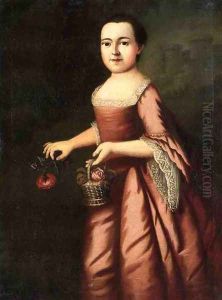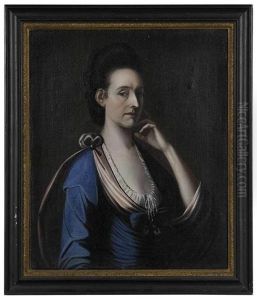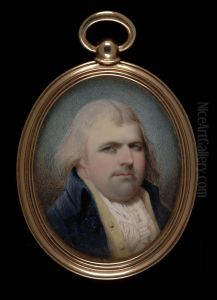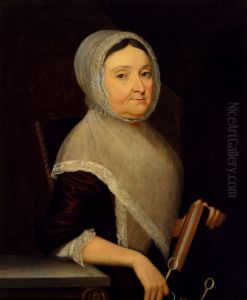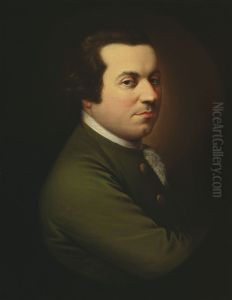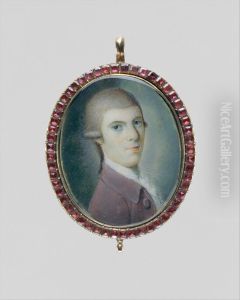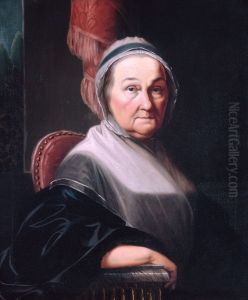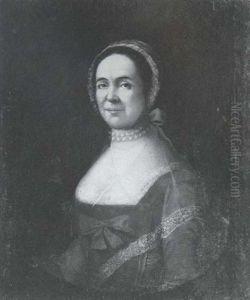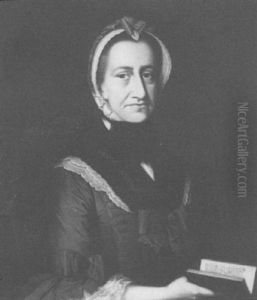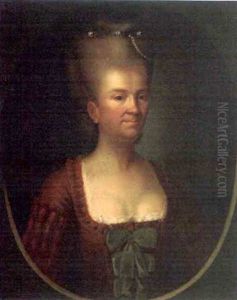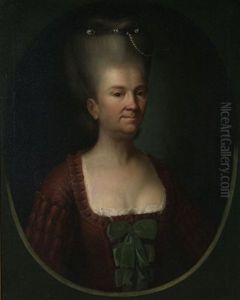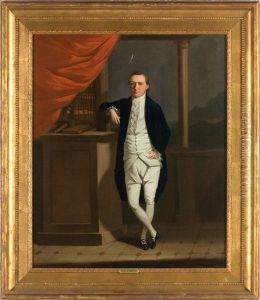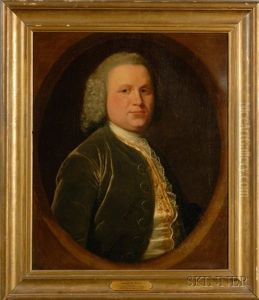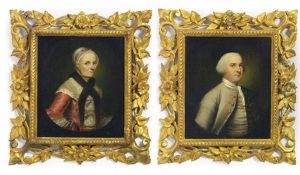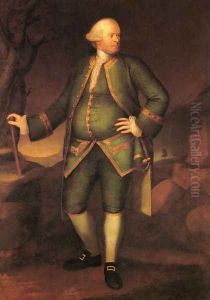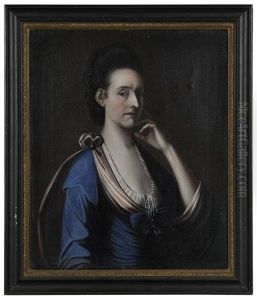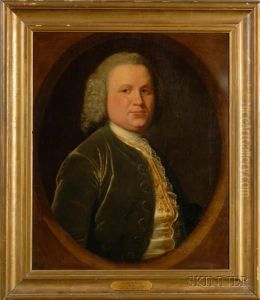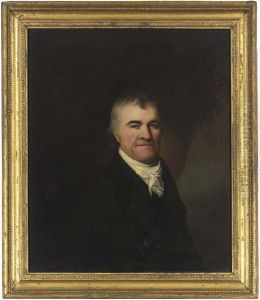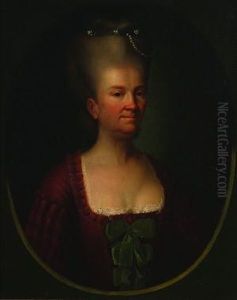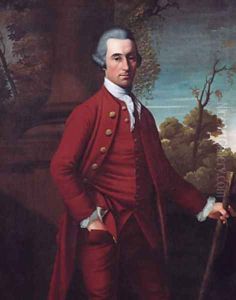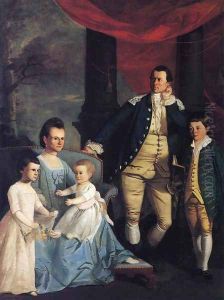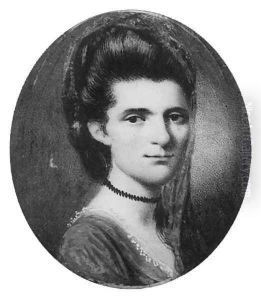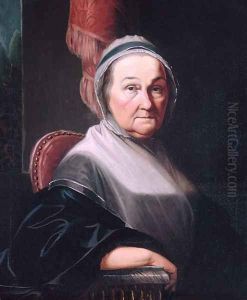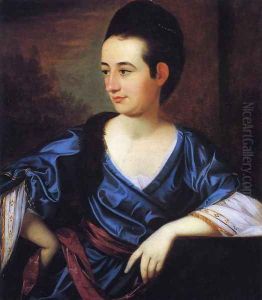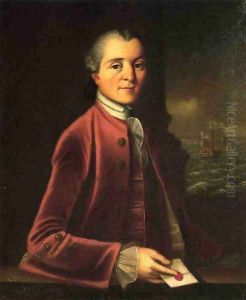Henry Benbridge Paintings
Henry Benbridge was an American portrait painter known for his significant contribution to early American art. Born on October 20, 1743, in Philadelphia, Pennsylvania, he was initially taught by his mother, a widow, who recognized his artistic talent early on. His early promise in the arts led to his sponsorship by local patrons who funded his studies in Europe, a common practice for young artists of his time who sought to refine their skills.
Benbridge's European education began in Italy, where he studied under Pompeo Batoni, a leading painter of the Grand Tour era. His time in Italy was crucial for his development, exposing him to classical art and the Renaissance masters, which deeply influenced his style. After Italy, he moved to London, where he continued his education and was influenced by the works of Sir Joshua Reynolds, the leading English portraitist of the day.
Returning to America in the early 1770s, Benbridge settled in Charleston, South Carolina, where he became a sought-after portraitist among the colonial elite. His portraits are noted for their elegance and refinement, characteristics he carried over from his European training. He was particularly adept at capturing the grace and dignity of his subjects, making him a popular choice among the southern gentry.
During the American Revolution, Benbridge's career faced challenges due to the upheavals of the time. However, he managed to continue working, and after the war, his reputation and client base grew. He eventually returned to Philadelphia, where he continued to paint until his death on February 18, 1812.
Benbridge's legacy lies in his contribution to the early American portrait tradition. His work provides a valuable glimpse into the society and people of his time, reflecting the cultural and social aspirations of the emerging nation. Despite being somewhat overshadowed by contemporary artists like Gilbert Stuart and Charles Willson Peale, Benbridge's portraits remain an important part of American art history, celebrated for their beauty and historical significance.
